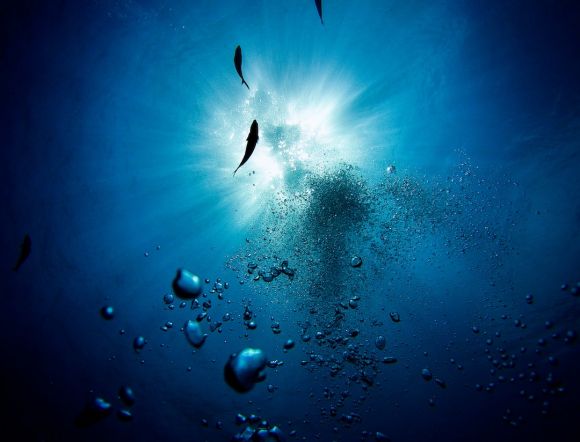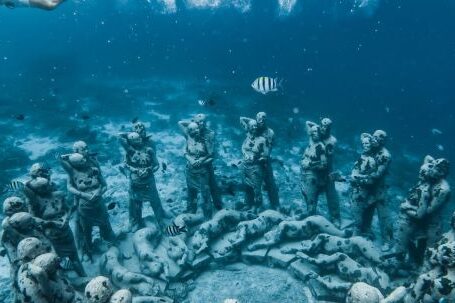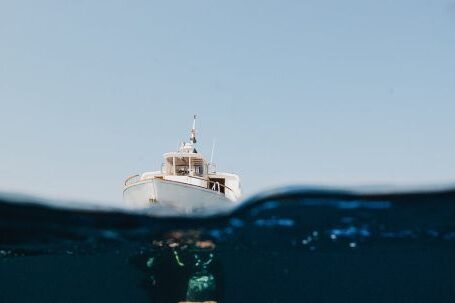Exploring the depths of the ocean can be an exhilarating experience for divers, but it also comes with its own set of risks. One such risk is nitrogen narcosis, a phenomenon that affects divers at certain depths. Nitrogen narcosis, also known as “the rapture of the deep,” is a condition caused by the increased partial pressure of nitrogen in the bloodstream. In this article, we will delve into the effects of nitrogen narcosis and how it can impact divers.
The Science Behind Nitrogen Narcosis
Nitrogen narcosis occurs when a diver descends to depths greater than 100 feet or 30 meters. At these depths, the pressure of the surrounding water increases, causing nitrogen gas to dissolve into the bloodstream. As the concentration of nitrogen in the blood rises, it starts to affect the central nervous system.
The Effects on Divers
Nitrogen narcosis can have a range of effects on divers, ranging from mild impairment to severe disorientation. These effects can vary from person to person and may even differ for the same individual on different dives. Some common symptoms of nitrogen narcosis include:
1. Impaired judgment: As nitrogen levels increase in the blood, divers may experience a decrease in their ability to make sound decisions. They may become more impulsive or take unnecessary risks, putting themselves and their dive partners in danger.
2. Euphoria: Nitrogen narcosis can induce a feeling of euphoria, often referred to as “the rapture of the deep.” Divers may experience a sense of extreme happiness or detachment from reality, which can impair their ability to focus on the task at hand.
3. Motor impairment: The effects of nitrogen narcosis can also manifest physically. Divers may experience a decrease in coordination and motor skills, making simple tasks such as adjusting equipment or maintaining buoyancy more challenging.
4. Disorientation: At extreme depths, nitrogen narcosis can lead to confusion and disorientation. Divers may lose their sense of direction or become unaware of their surroundings, making it difficult to navigate safely.
Managing Nitrogen Narcosis
While nitrogen narcosis cannot be completely avoided, there are steps divers can take to minimize its effects. One such method is to limit the depth of the dive. By staying within the recommended depth limits and gradually ascending to shallower depths, divers can reduce their exposure to nitrogen narcosis.
Additionally, proper training and experience play a crucial role in managing nitrogen narcosis. Divers who are well-trained and have extensive experience are more likely to recognize the symptoms and take appropriate action to ensure their safety and that of their dive partners.
Conclusion
Nitrogen narcosis is a fascinating yet potentially dangerous phenomenon that affects divers at certain depths. By understanding its effects and taking the necessary precautions, divers can continue to explore the wonders of the underwater world while minimizing the risks associated with nitrogen narcosis. Remember, knowledge and awareness are key when it comes to ensuring a safe and enjoyable dive.





